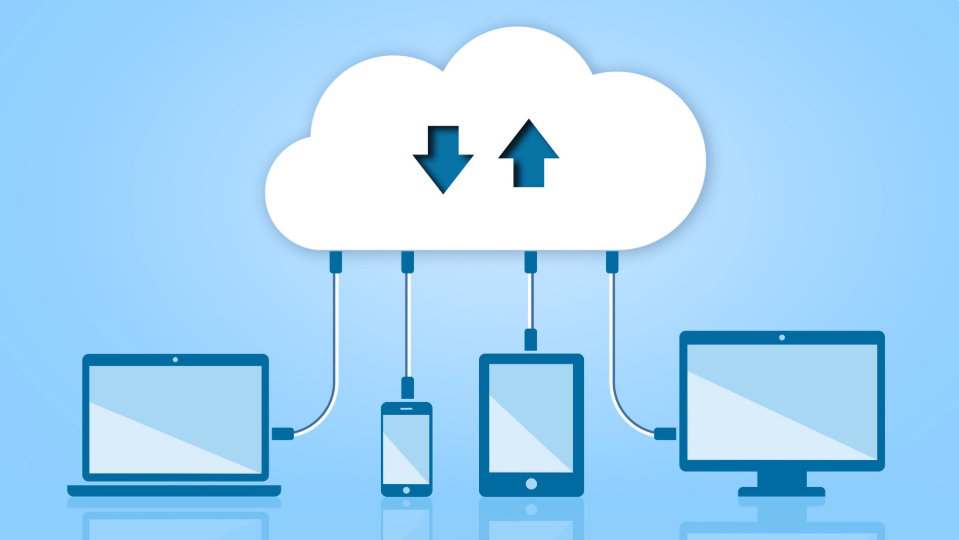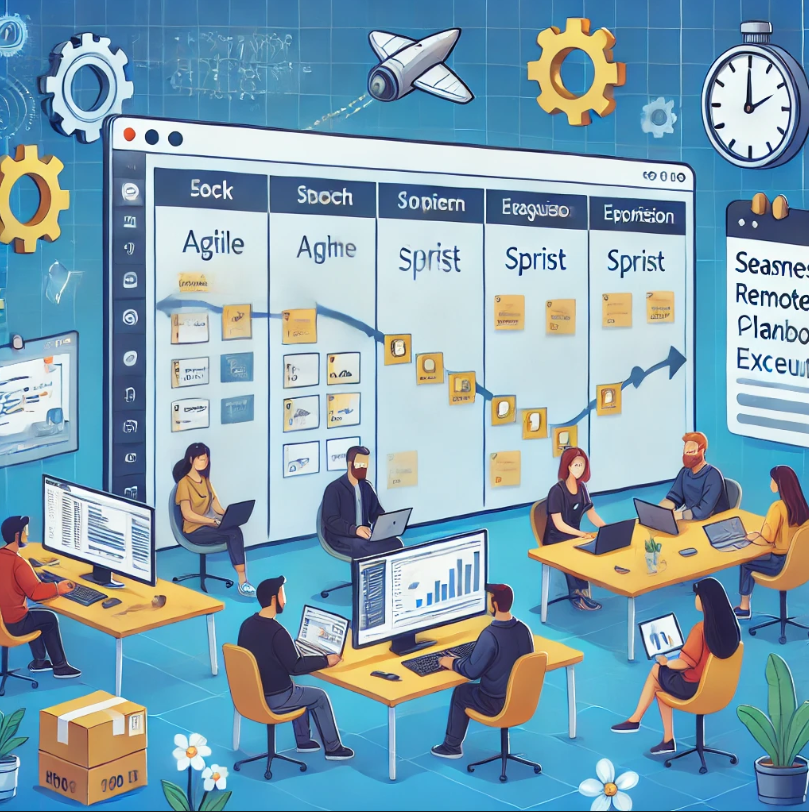
As remote work becomes more common, companies need effective strategies to recruit, onboard, and manage remote software engineers. A well-structured process ensures a smooth transition, high productivity, and long-term success. In this guide, we’ll walk you through the essential steps to build a strong remote engineering team.
1. Recruiting Remote Software Engineers
Finding the right talent for your remote team requires a strategic approach. Here’s how:
Define Your Ideal Candidate
- Identify the key technical skills required for the role.
- Look for self-motivated engineers with strong communication skills.
- Prioritize experience with remote collaboration tools and methodologies.
Where to Find Talent
- Job Boards: Post on platforms like Stack Overflow, GitHub Jobs, and We Work Remotely.
- LinkedIn & GitHub: Connect with developers showcasing their work.
- Referrals: Leverage your network for recommendations.
Interview Process
- Use coding assessments through platforms like HackerRank or Codility.
- Conduct behavioral interviews to assess communication and teamwork.
- Provide a small real-world project to evaluate problem-solving skills.
2. Onboarding Remote Engineers
A structured onboarding process helps new hires integrate smoothly. Here’s what to do:
Provide Necessary Tools & Access
- Set up accounts for GitHub, Jira, Slack, and other essential tools.
- Ensure access to project documentation and code repositories.
Create a Clear Onboarding Plan
- Assign a mentor or buddy to help with the transition.
- Share a roadmap of the first few weeks, including training and expectations.
- Conduct virtual meet-and-greets with team members.
Set Clear Expectations
- Define work hours, communication protocols, and project goals.
- Document coding standards, workflows, and best practices.
3. Managing Remote Engineers Effectively
Once onboarded, keeping remote engineers engaged and productive is key.
Foster Strong Communication
- Hold daily stand-up meetings via Zoom or Google Meet.
- Use asynchronous updates via Slack or Notion for flexibility.
- Encourage open feedback and regular one-on-ones.
Track Progress Without Micromanaging
- Use project management tools like Trello, Asana, or Jira.
- Focus on results and milestones rather than time spent online.
- Encourage engineers to update progress transparently.
Build a Positive Remote Culture
- Celebrate achievements and recognize contributions.
- Organize virtual team-building activities.
- Support continuous learning through online courses and training.
Recruiting, onboarding, and managing remote software engineers requires careful planning, the right tools, and a culture of trust. By following these steps, you can build a high-performing remote team that thrives in a digital-first world.
Suggested Posts
How useful was this post?
Share it with your friends
Get our latest articles here!
Do you have any questions?
Help us improve the content of this Insightful blog by asking us questions. Manifera's team of experts will help you answer these questions as soon as possible.












